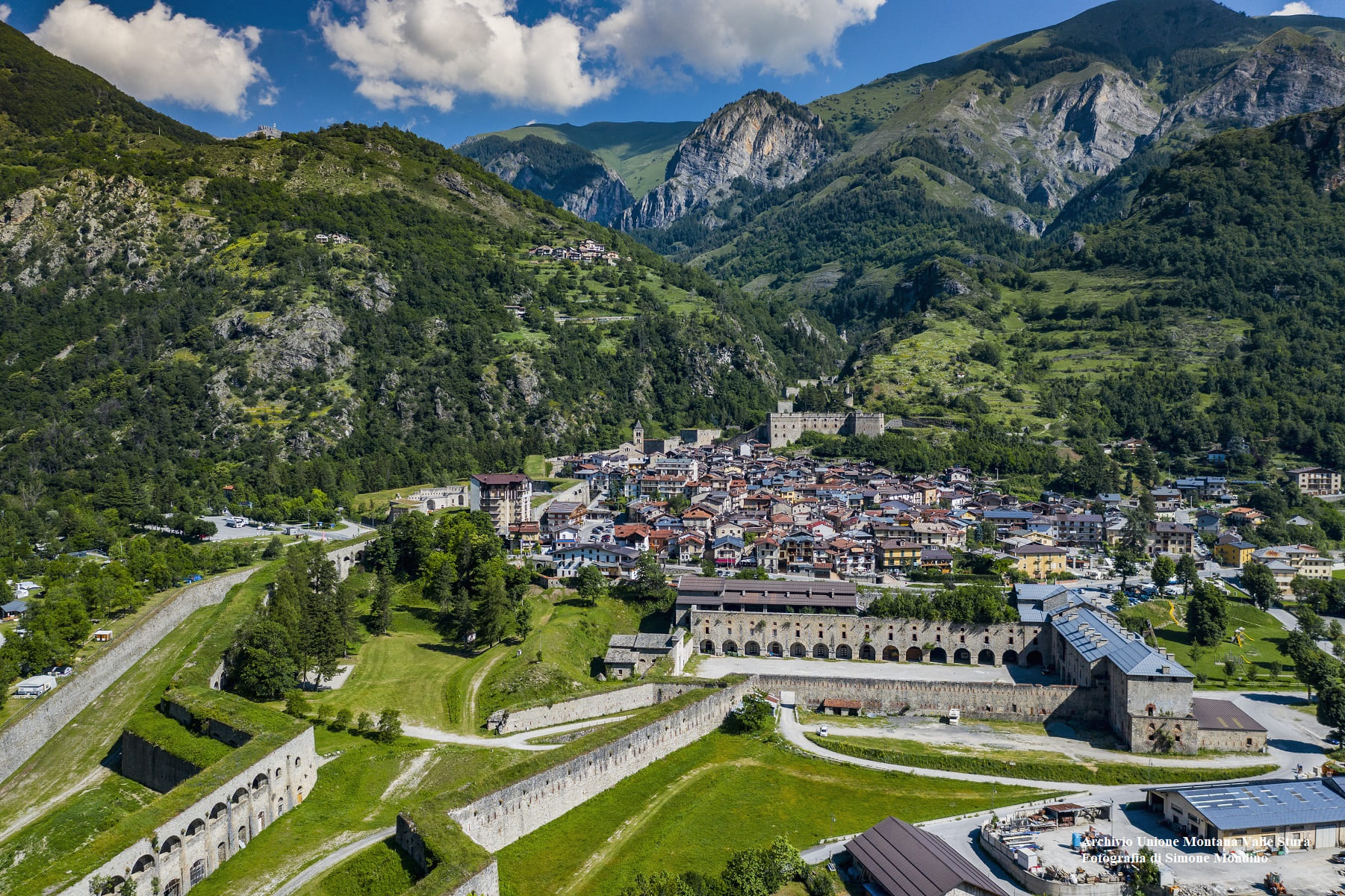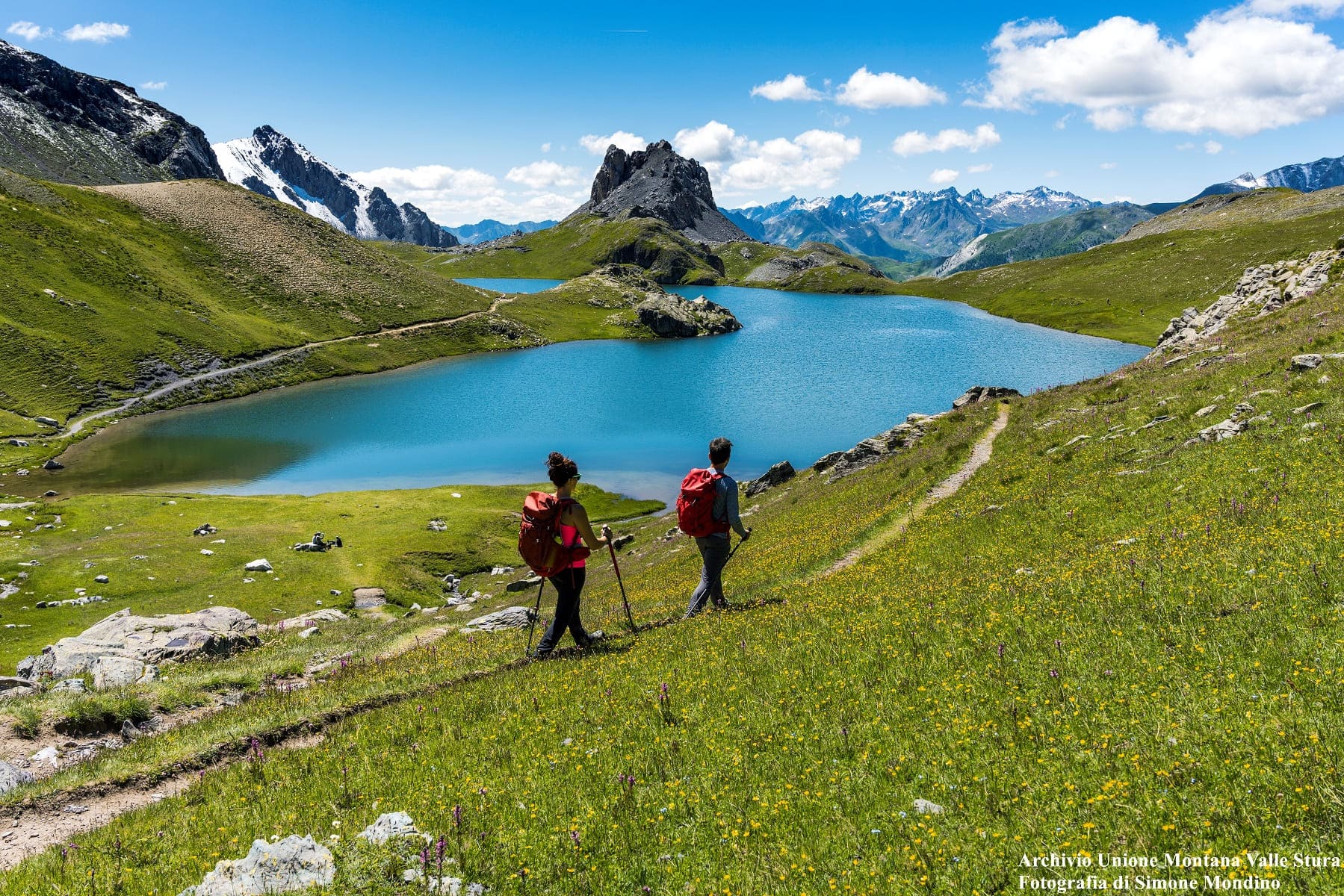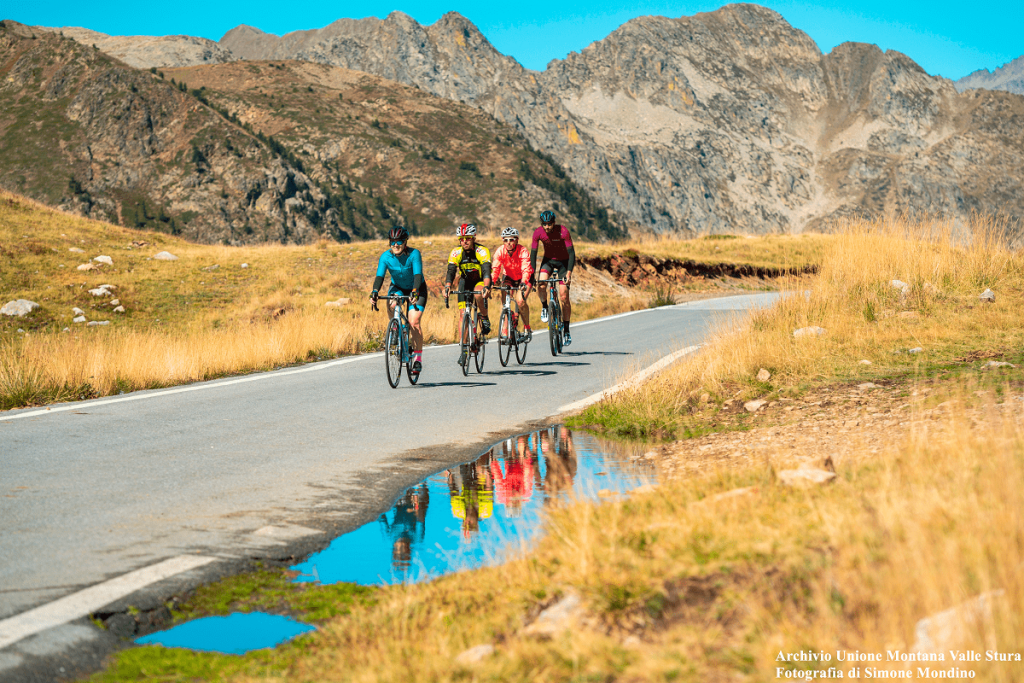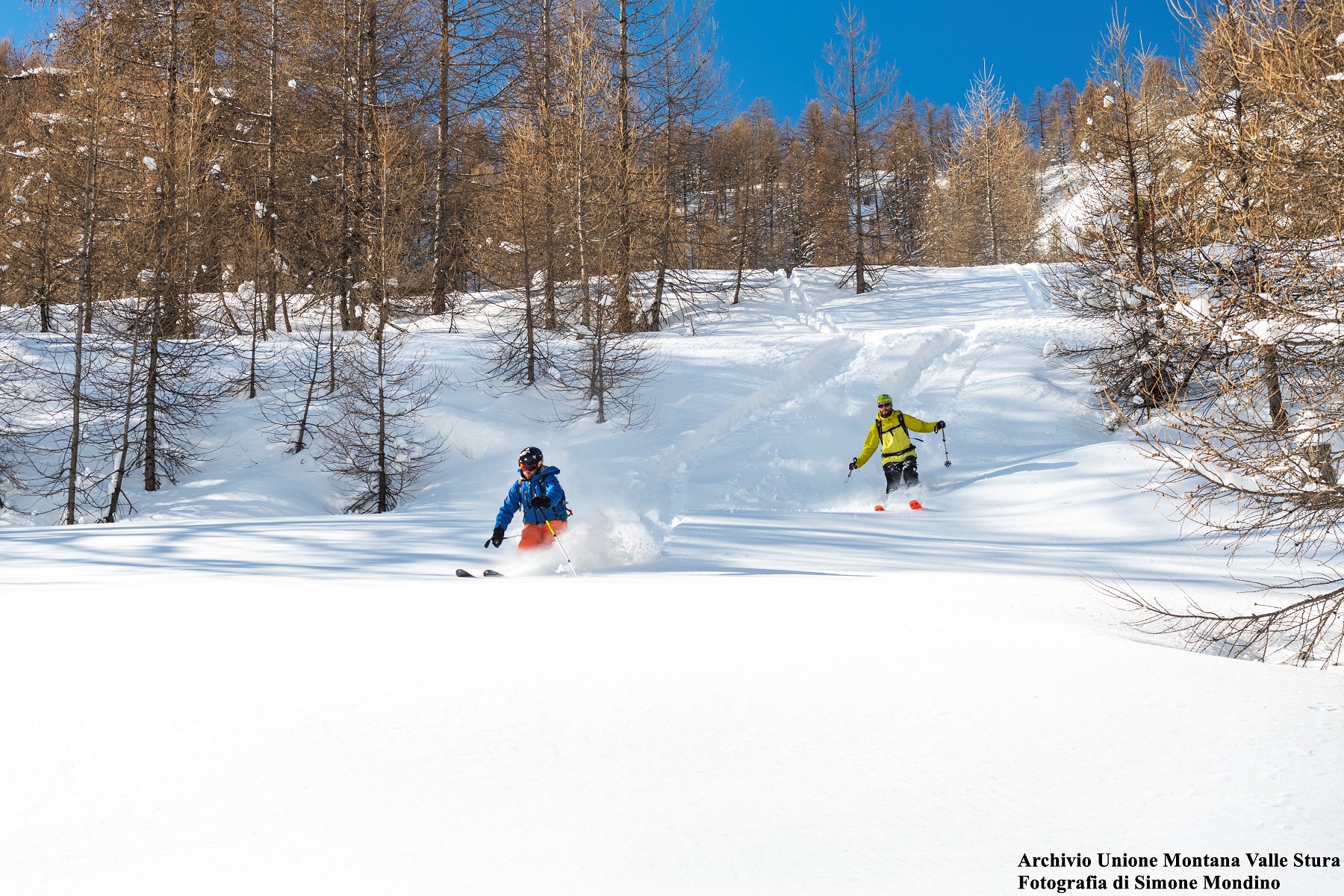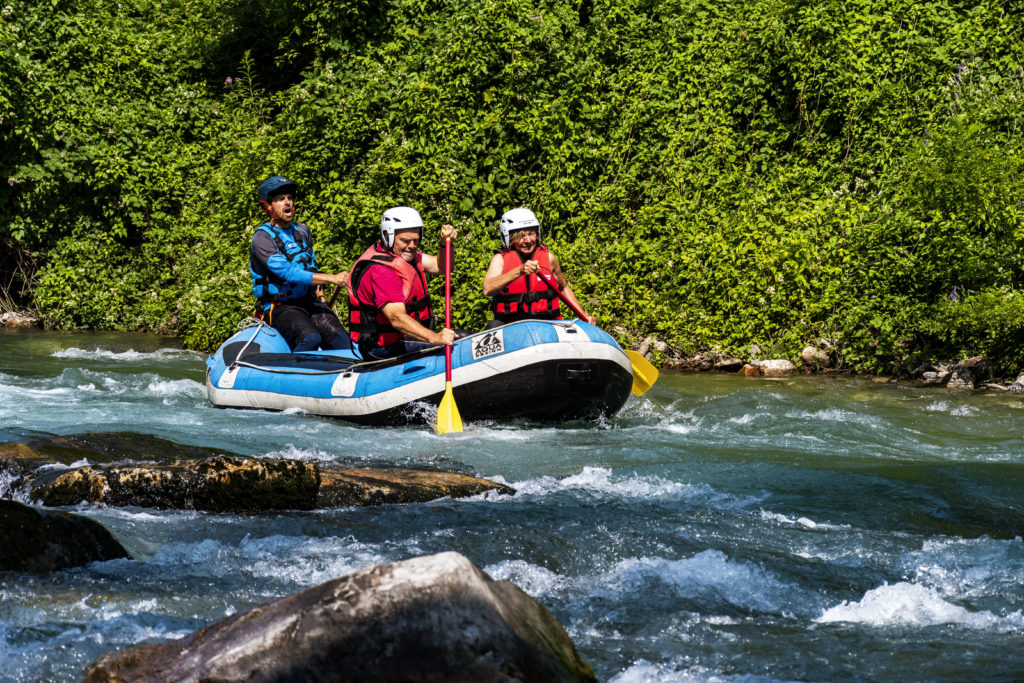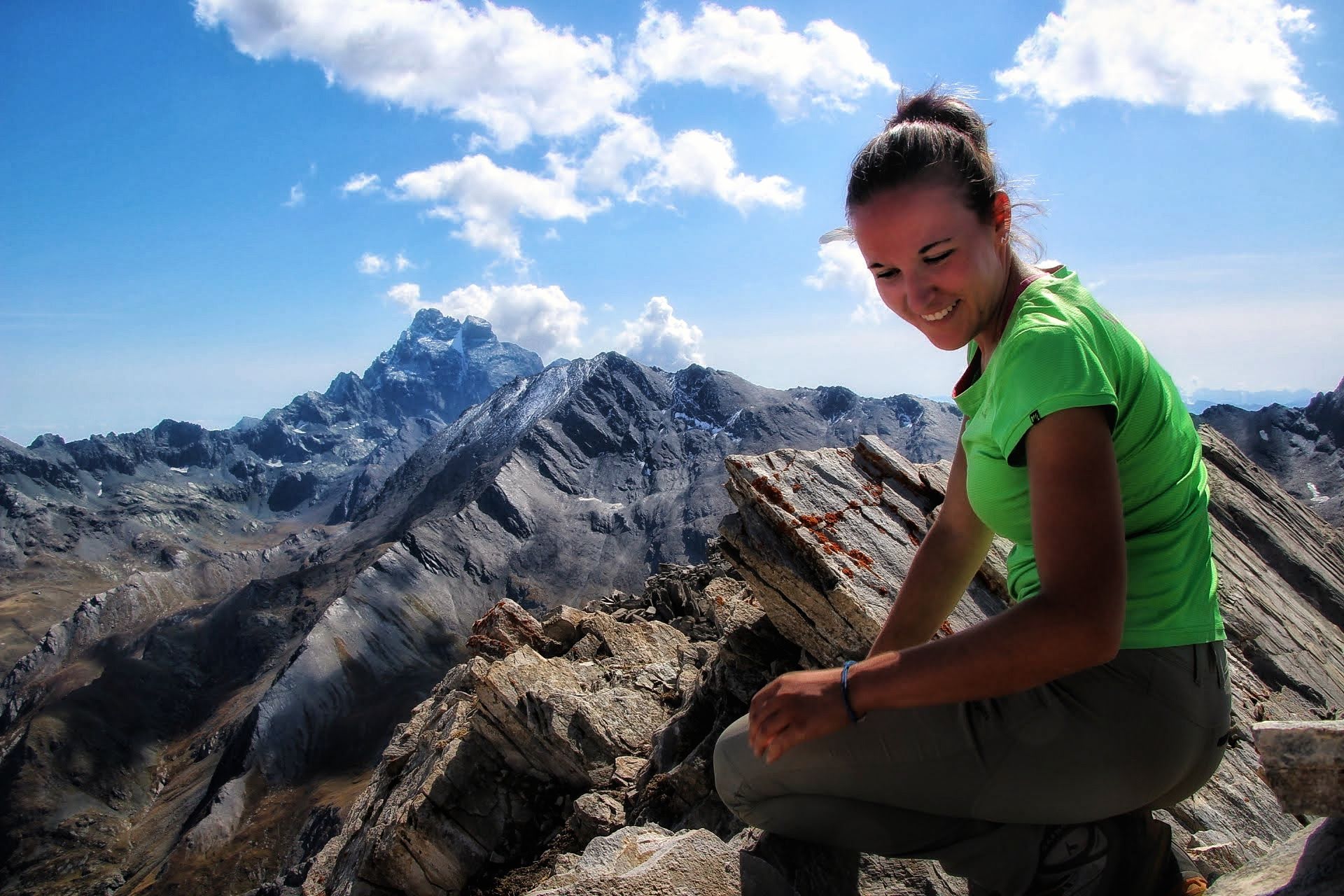Here the mountains are not just landscapes: they are companions on a journey.
Here the villages tell stories and nature invites you to slow down.
The Stura Valley is a place where you really meet: with nature, with traditions, with yourself.
A wide alpine corridor that descends gently from the wildest mountains of the Western Alps to the Piedmont plain and caresses the city of Cuneo.
An authentic environment where man and nature coexist in balance, amidst evocative landscapes and a dense network of paths, mule tracks and roads that still tell stories of travelers, shepherds and merchants.
The Stura di Demonte Valley is suspended between the Maritime Alps and the Cottian Alps, between Italy and France. Its gateway is the Gesso and Stura River Park: more than four thousand hectares of forests, waters and biodiversity that connect the plains to the mountains.
From the heart of Cuneo to the Colle della Maddalena, the valley offers an extraordinary variety of landscapes: ideal for an out-of-town trip, perfect for a longer stay of sports, nature, history and authentic flavors.
A meeting of experiences, season after season
In the Stura Valley each season has its own magic: the woods that are tinged with autumn, the spring flowers, the lakes and trails in summer, the snow that invites adventure in winter.
Here you will find activities for experts and for those who want to enjoy nature without hurry, between sports, hiking and relaxing moments.
A meeting of PEOPLE
The Stura Valley has always been a land of passage: merchants, wayfarers, partisans and pilgrims have crossed its paths, leaving behind stories and traditions.
Today, those who arrive here are welcomed into human-scale, family-friendly and cared-for facilities where each guest becomes part of the community.
You won’t find anonymous hotels, but lodges, B&Bs and inns where friendliness and attention to detail make every stay special.
And when it comes to flavor, the valley’s restaurants offer an authentic encounter with tradition: local dishes, quality products, and genuine hospitality that make every meal an experience to remember.


